Before tourism staked its claim, Chania was leather territory. For years, this had been the place to buy the famous tall, black leather boots of Crete, especially along Stivanandika Street. There’s still plenty of leather being sold on this street, but the workshops are gone, replaced by an unbroken lineup of identical tourist shops. If you want to find something more traditional way, you have to leave the Old Quarter.
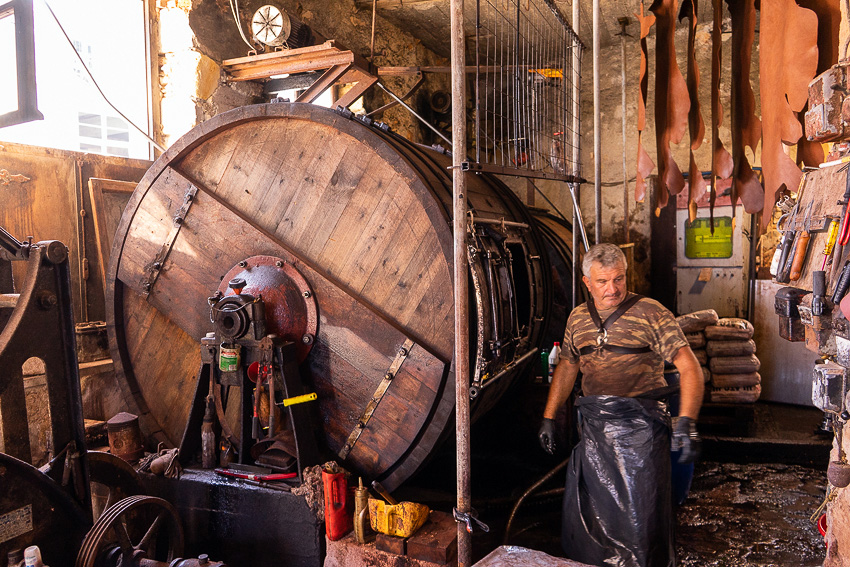
Stivanandika, or Leather Street, was actually the street we most despised in Chania, and we always tried to avoid it. Narrow and extremely crowded with tourists examining all the merchandise, as though they’re going to find a great bargain or something unique in one of these awful shops, it’s the kind of street that requires ten agonizing minutes to traverse a block. Luckily, there’s another place to experience Chania’s history with leather: the district of Tabakaria.

Heading east along the coast, we passed the Port of Tabakaria, and soon arrived at a tiny fisherman’s bay, from where we could hear the sounds of old machinery emanating from an unassuming building. We peeked inside, and saw massive wooden barrels spinning around wildly. The guy running this workshop invited us inside to take pictures.

We couldn’t quiz him on the details of what he was doing, due to the language barrier, but tried to piece together the process on our own. It looks as though the cow skins are delivered to him in one huge piece. He halves and washes them, and then cures them in the barrels for several days. Then, they’re washed again and hung up under the ceiling to dry. Then, the skins are flattened under a heavy roller, before being shipped out to shoe-, boot- and belt-makers around the area.
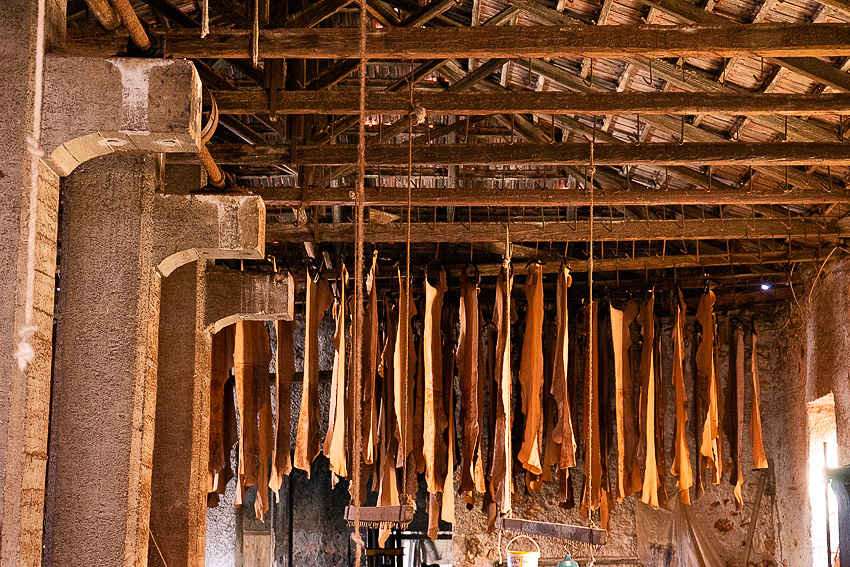
The guy pointed out another workshop across from his, which was closed, and another further away at the next bay. After a short walk, we arrived to find this workshop in full swing; this area appears to be the heart of Chania’s leather processing industry, with many halls, machines and workers. Again, they immediately invited us in to take a closer look. Seeing the amount of work which goes into producing leather is amazing; and watching the process unfold reminds you it really is the skin of a dead cow. It can be hard to remember that, when you’re holding those cool leather boots.
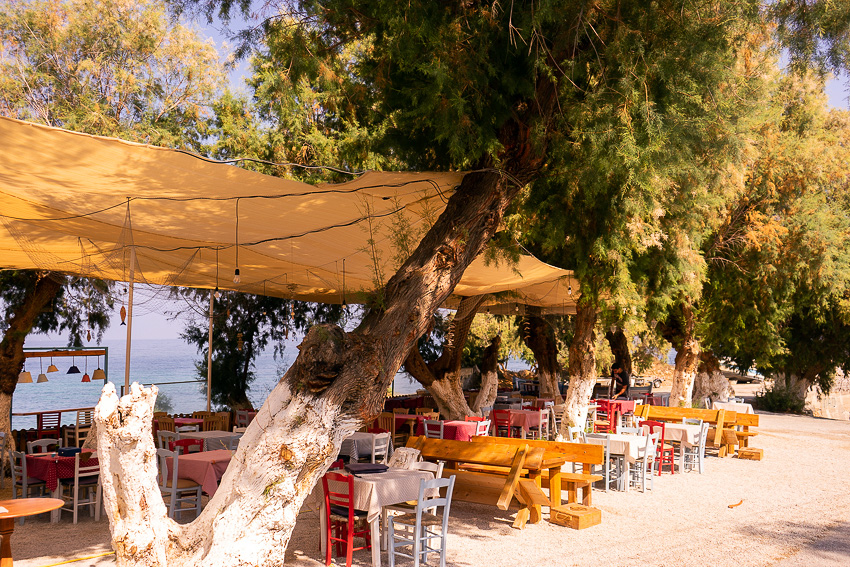
This is a fun little Chania excursion which you can do by foot, to see a part of the city not often visited by tourists, and familiarize yourself with an industrial history that’s still cranking. Plus, if you time your visit right, you can have lunch at Tapas Halepa: a great restaurant overlooking the beach, just a few meters from the last workshop.
–Rent Ca Car For Your Crete Vacation Here – Best Prices!
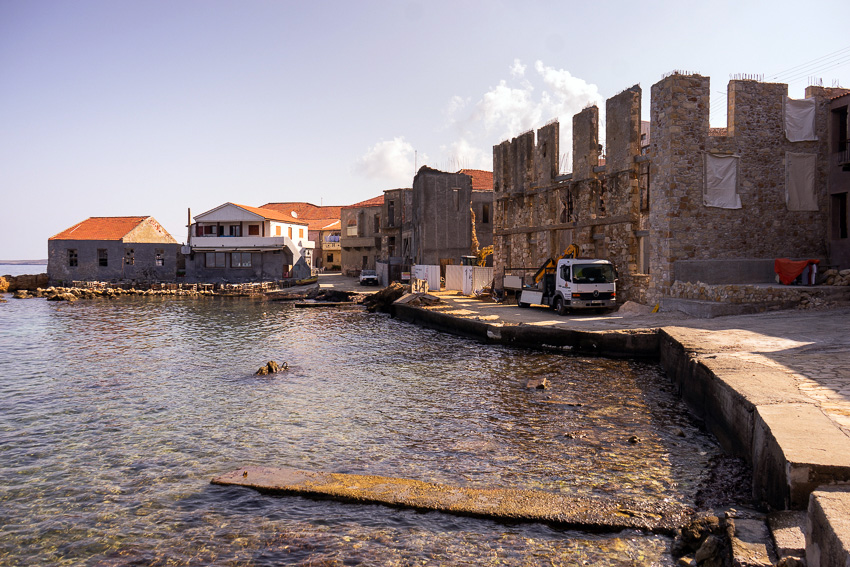
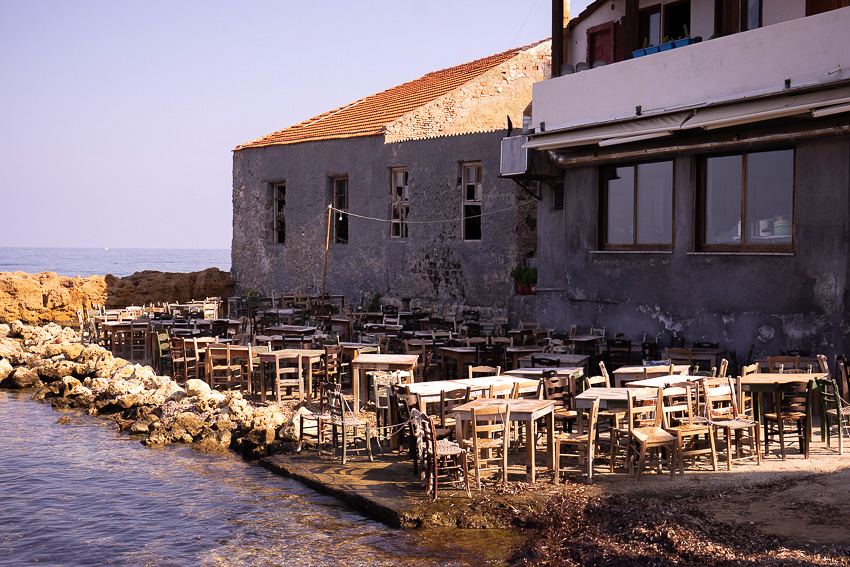
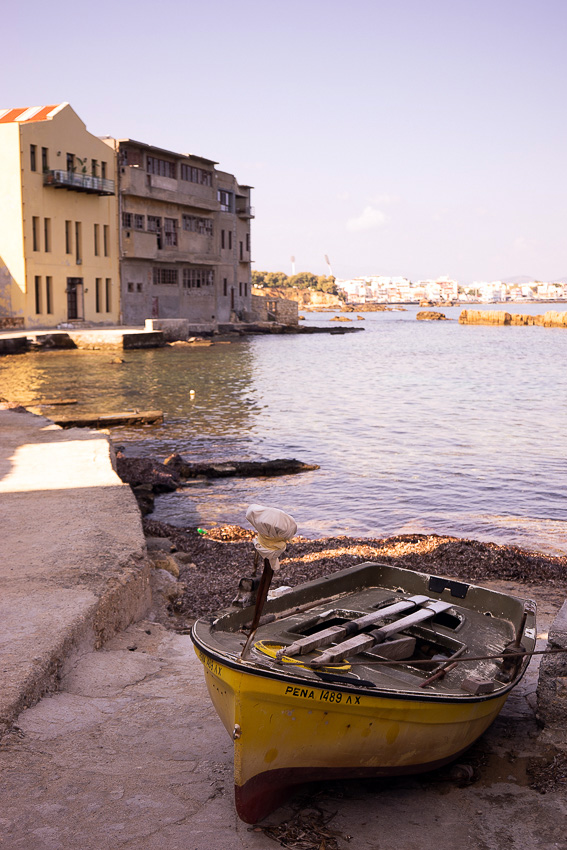
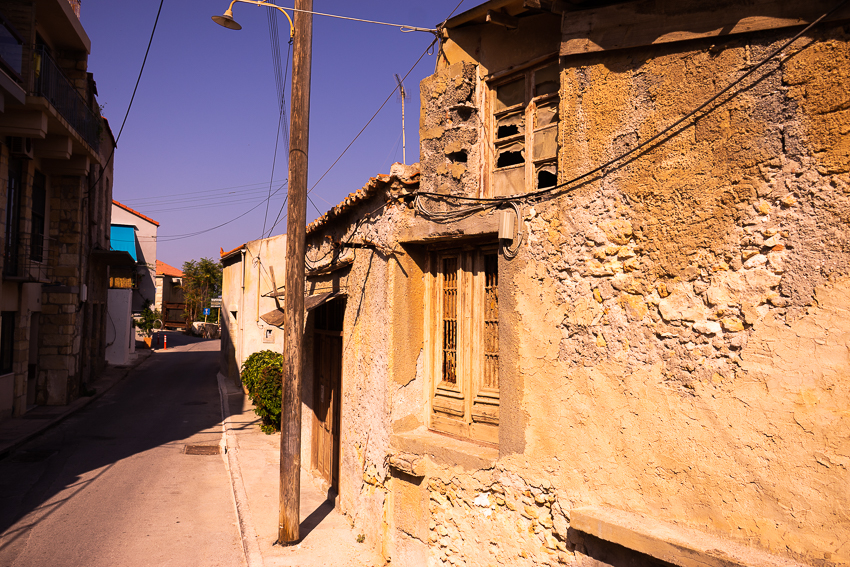

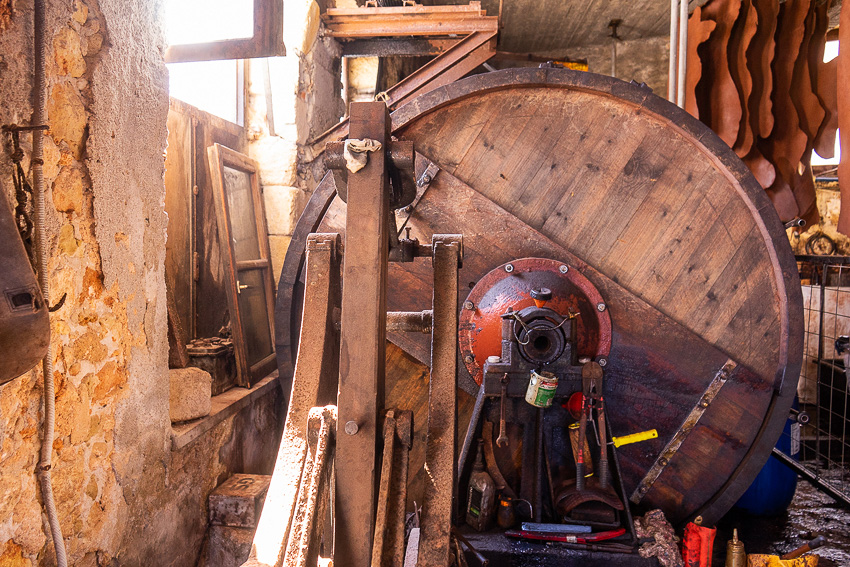
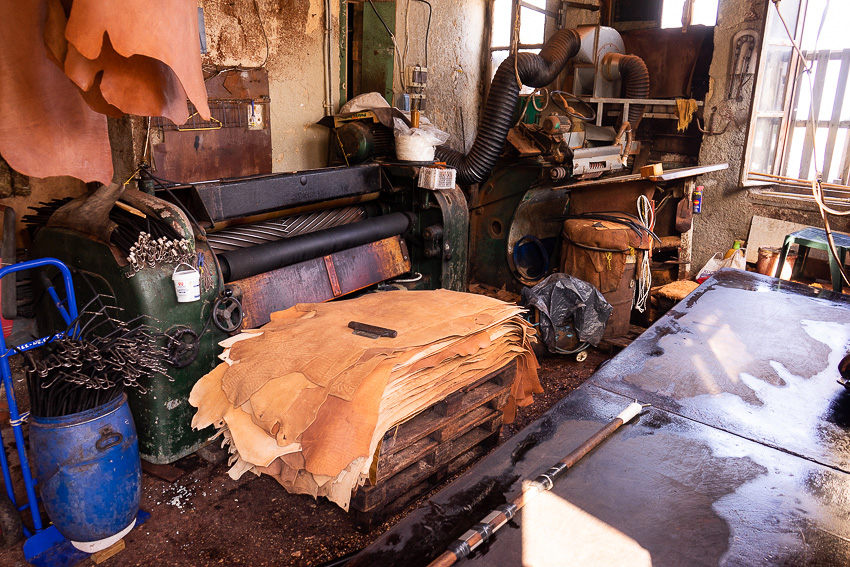
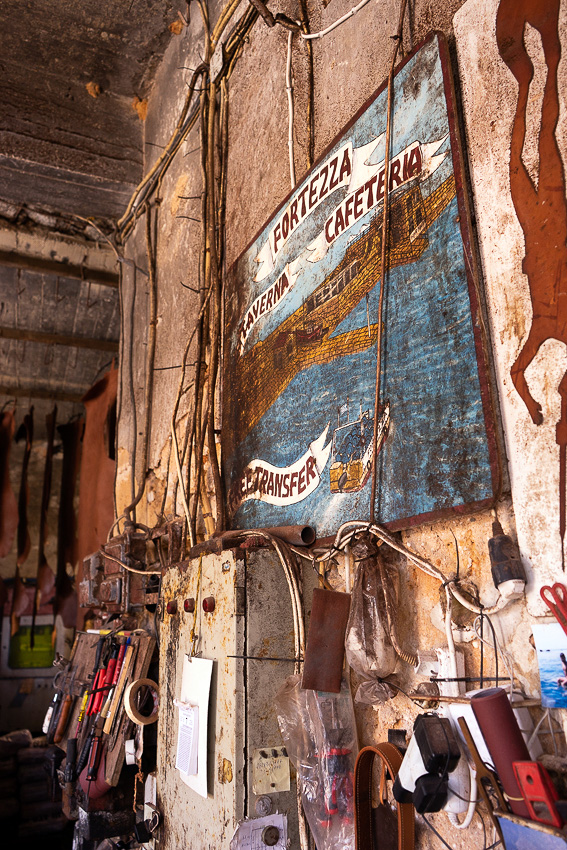
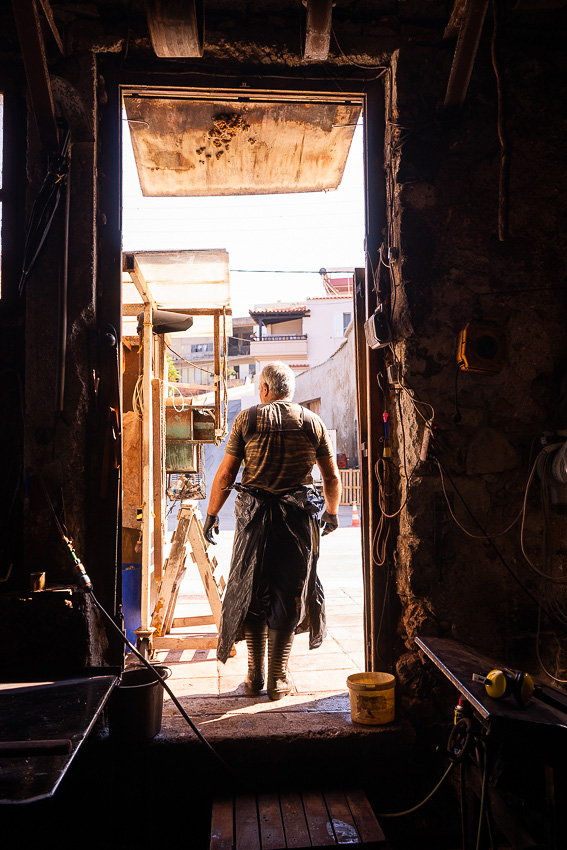
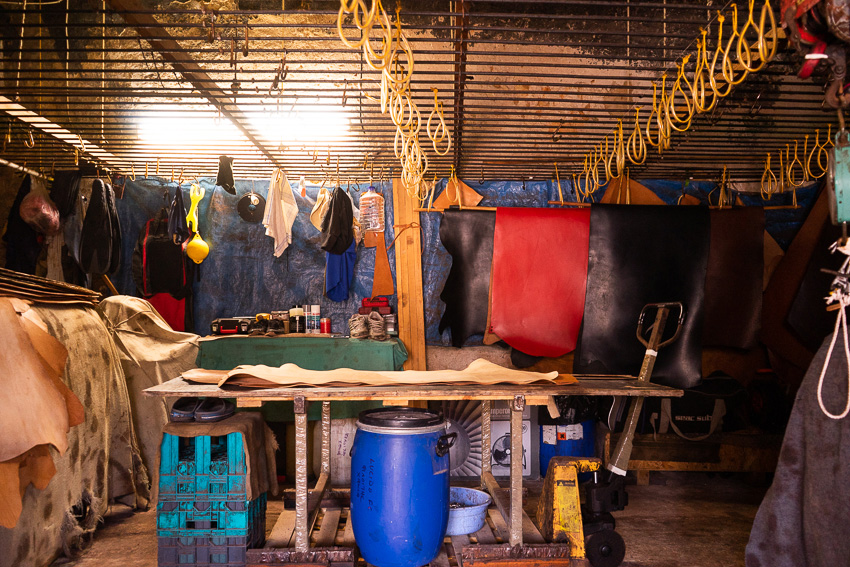
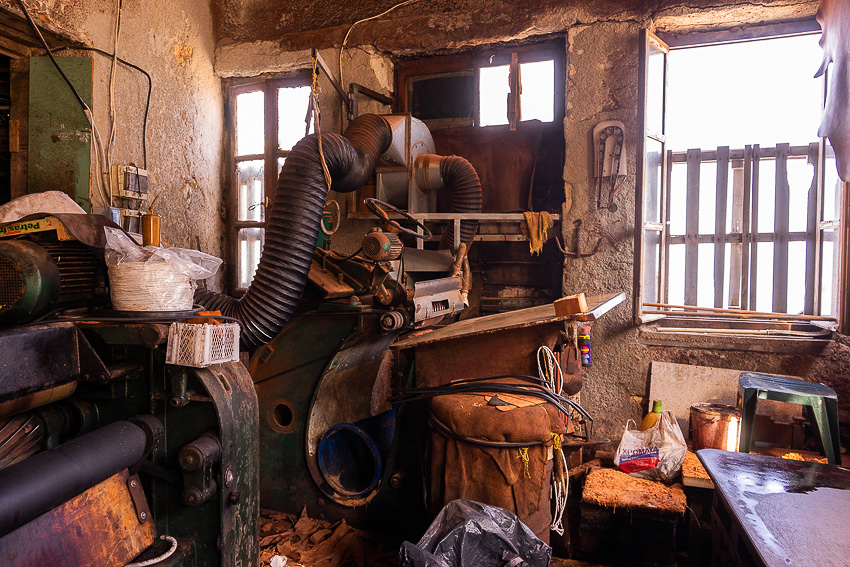
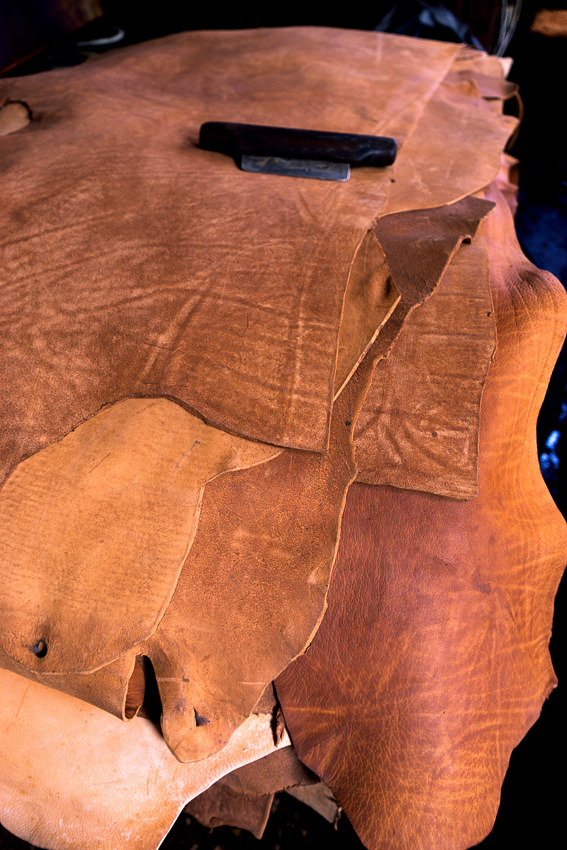
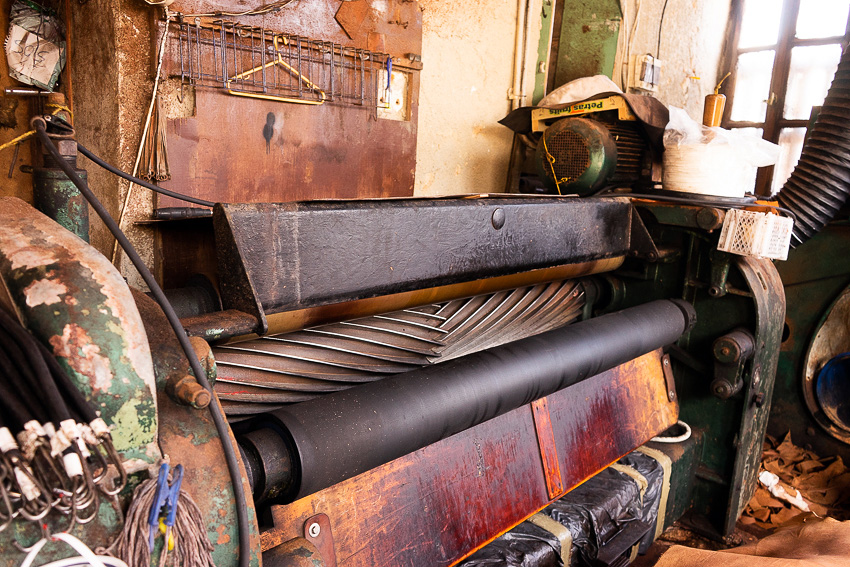
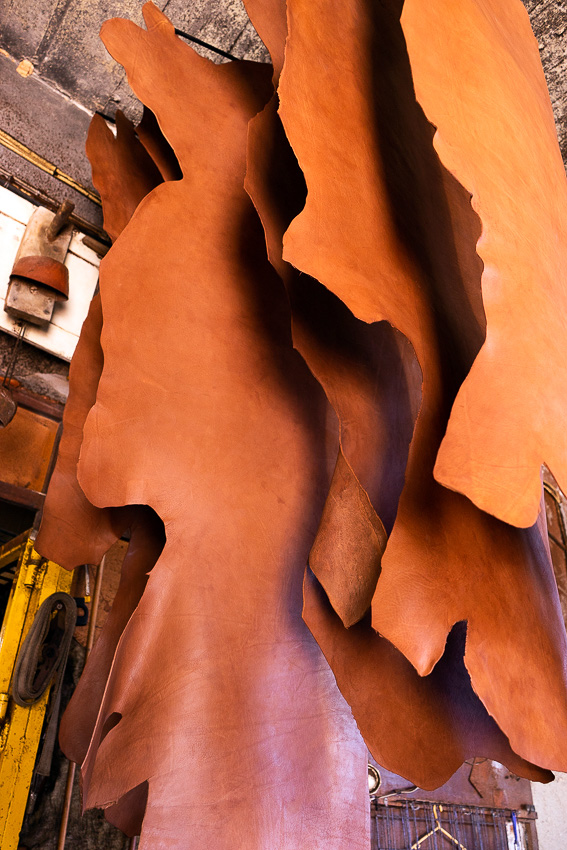
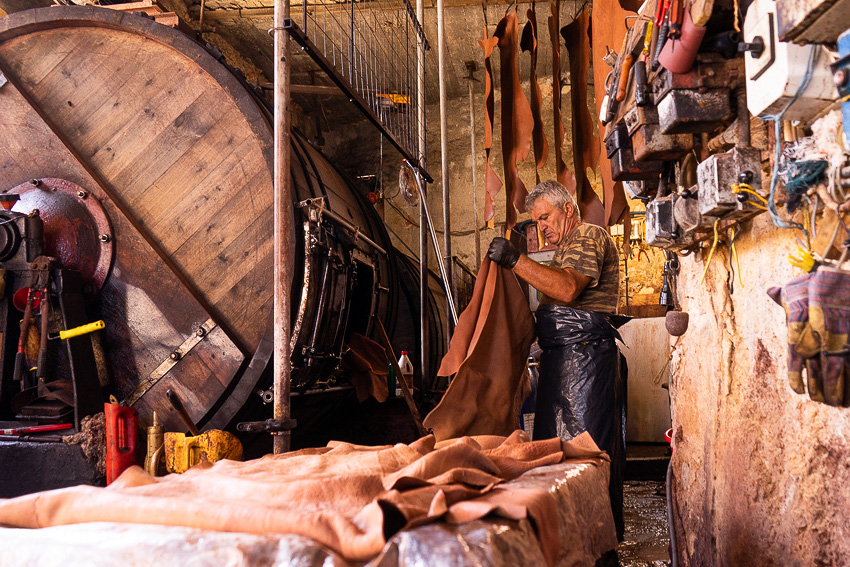
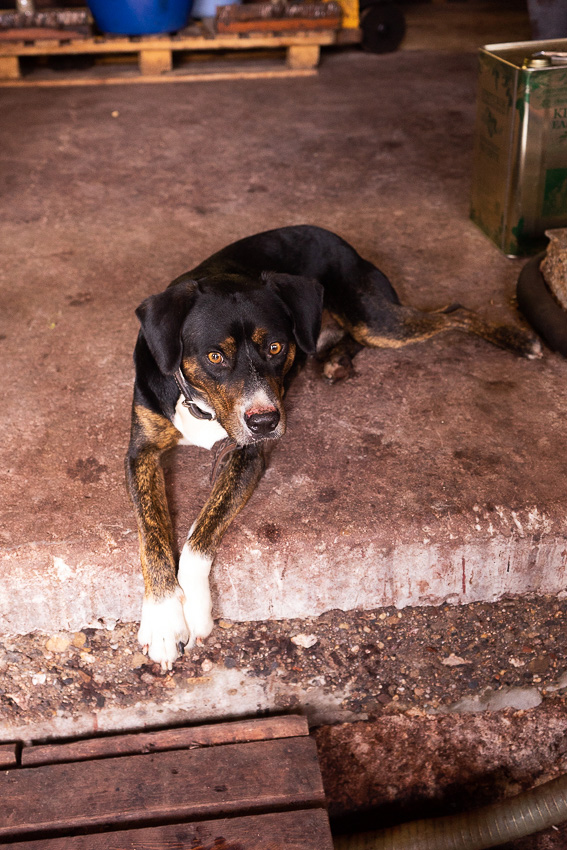
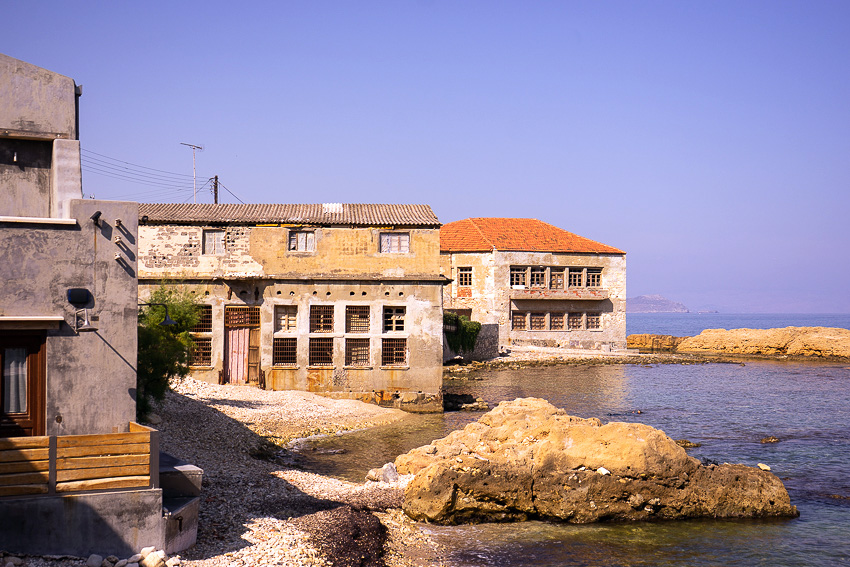
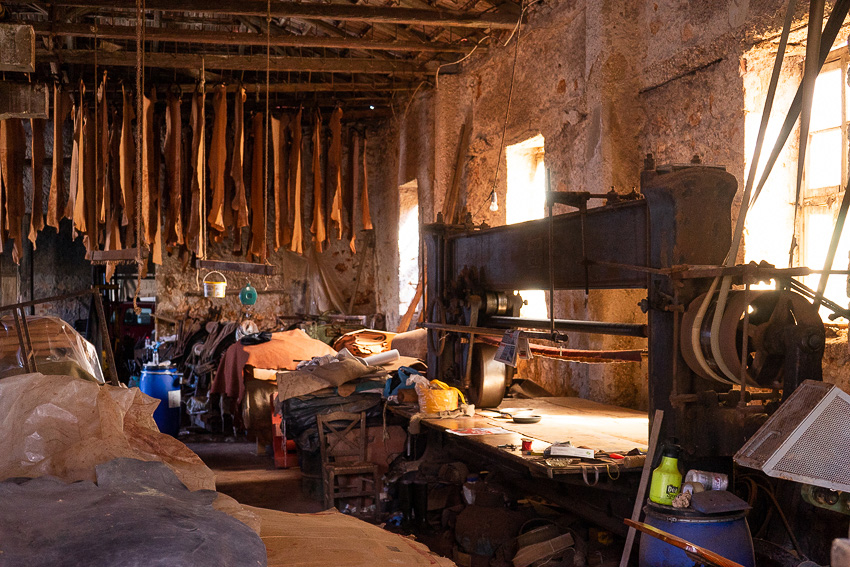

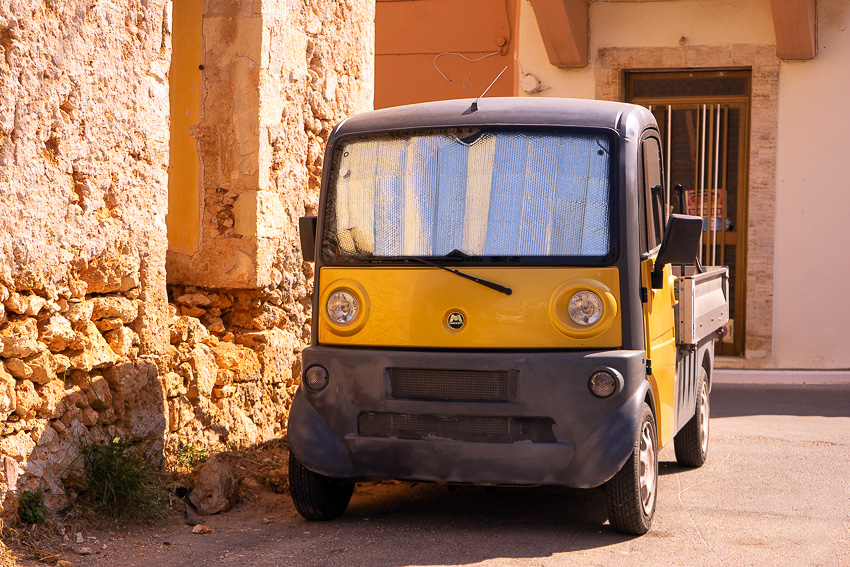
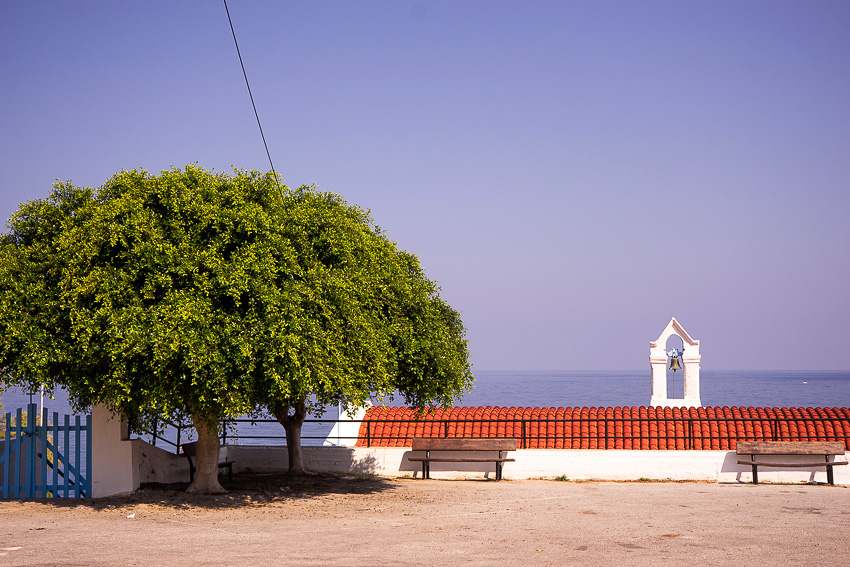
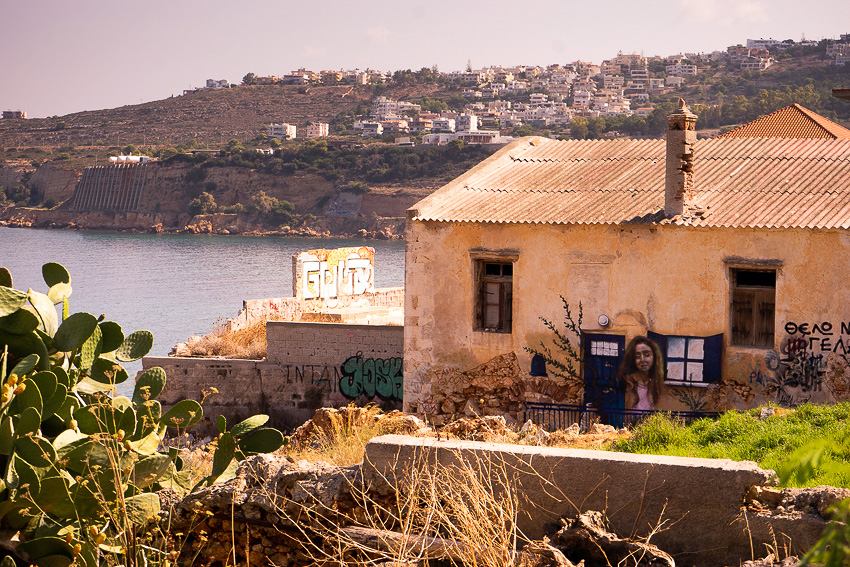
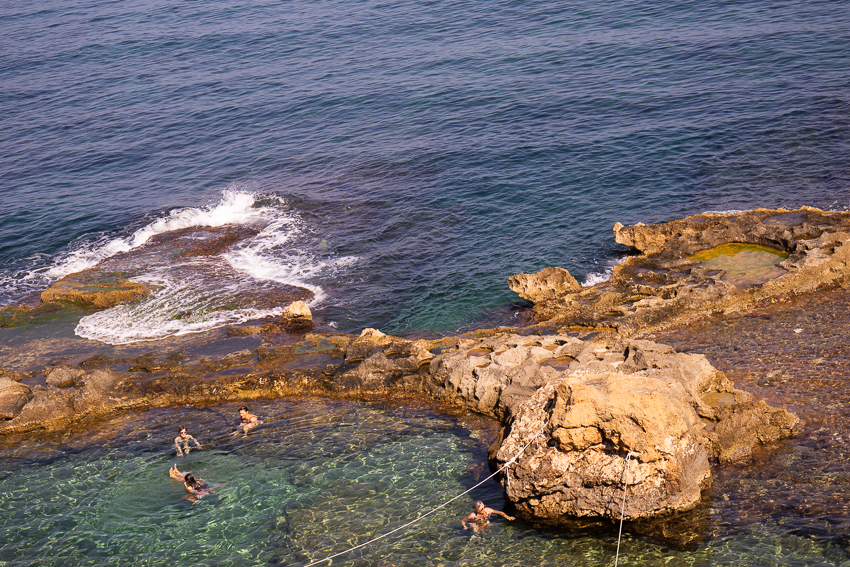
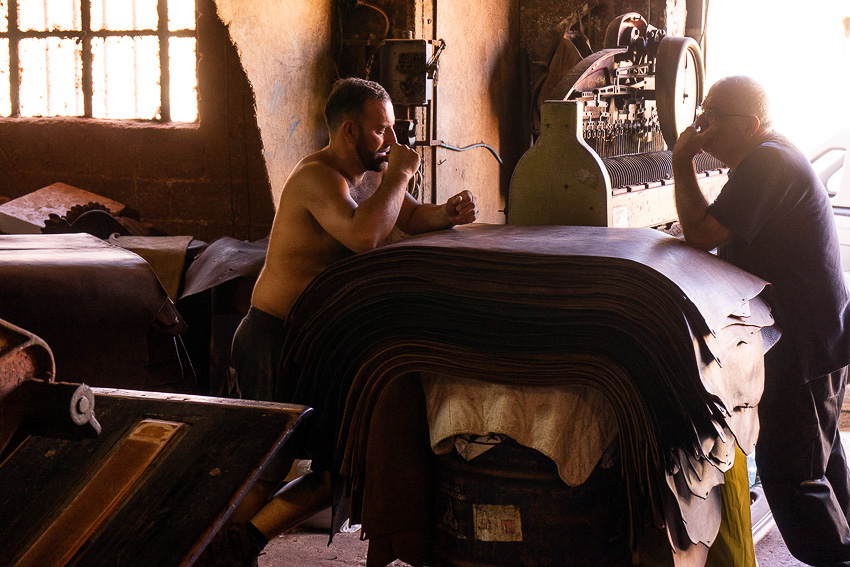
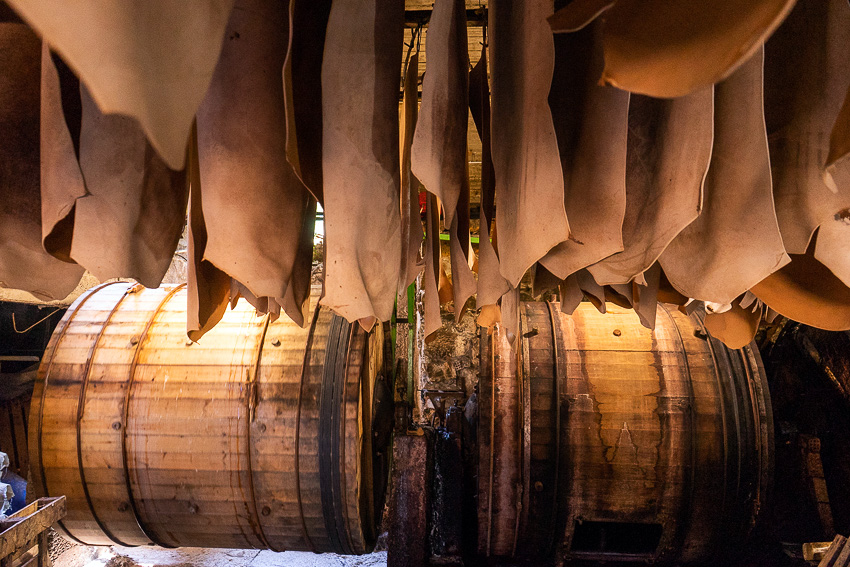
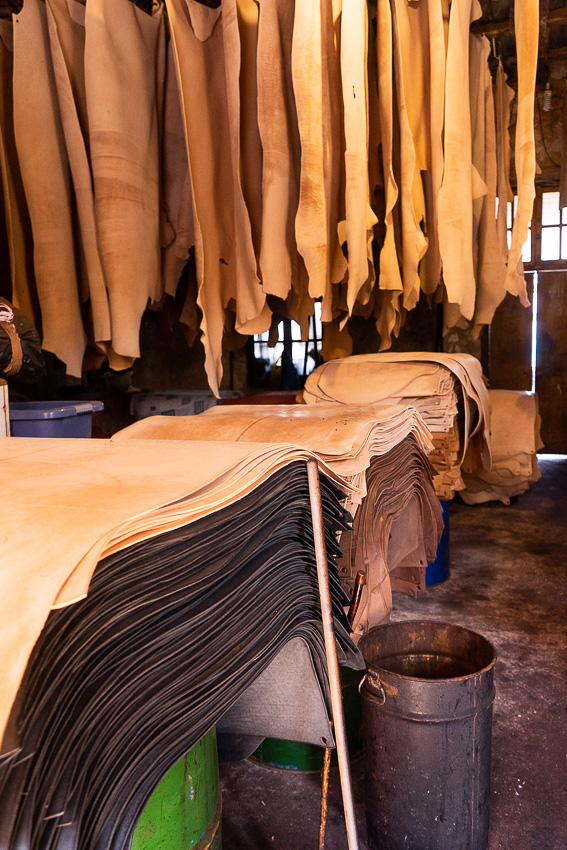
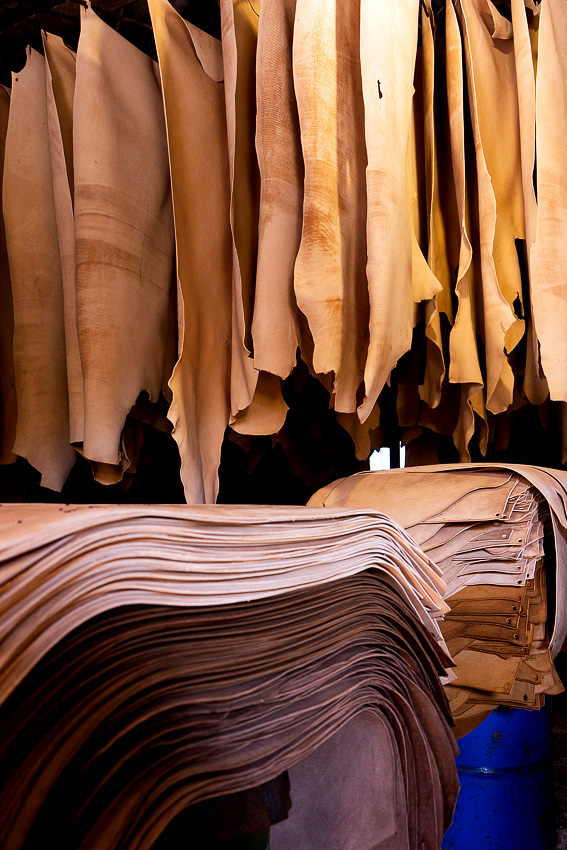
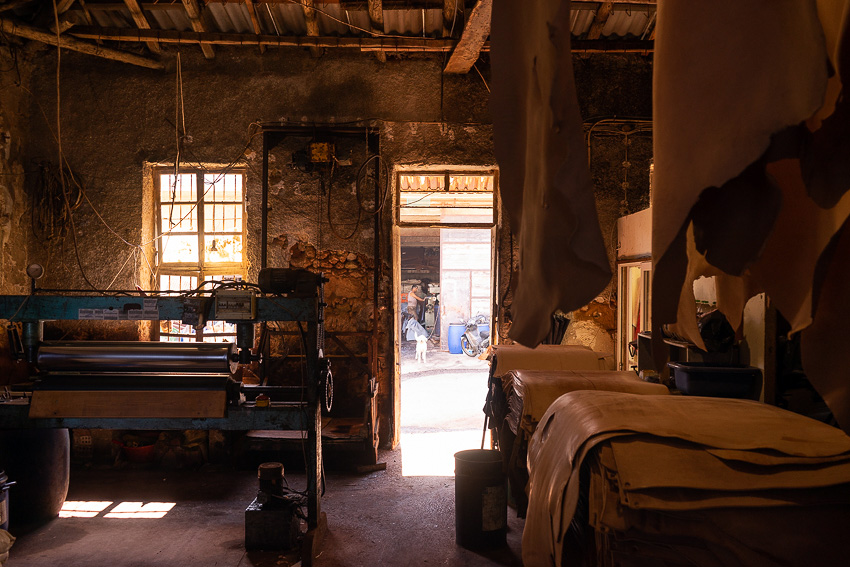
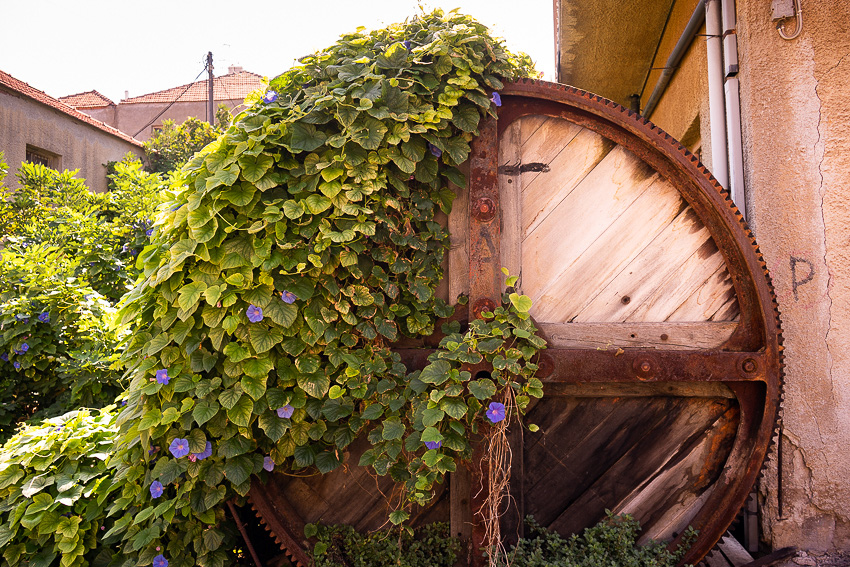
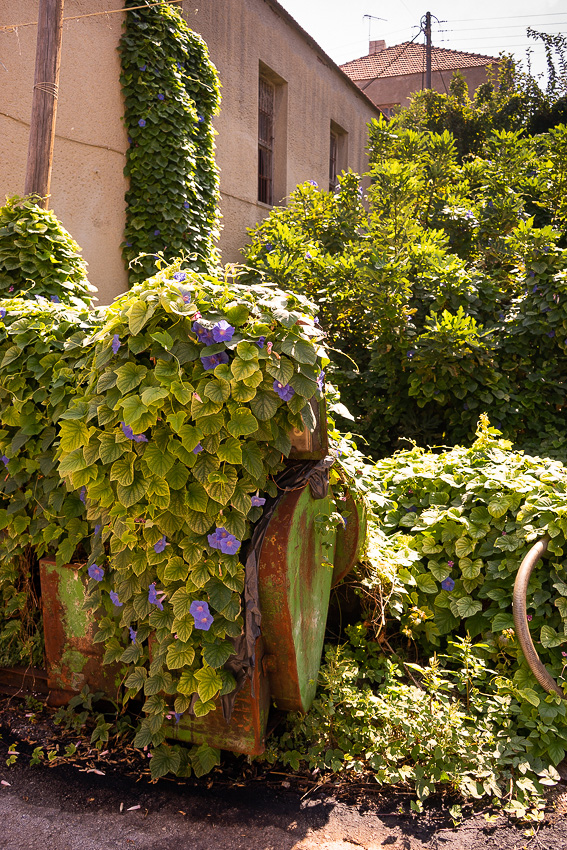
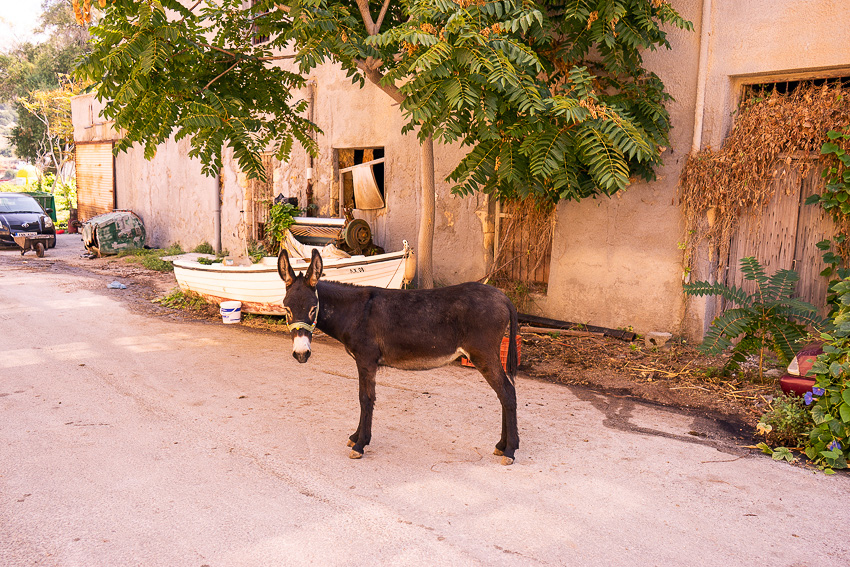
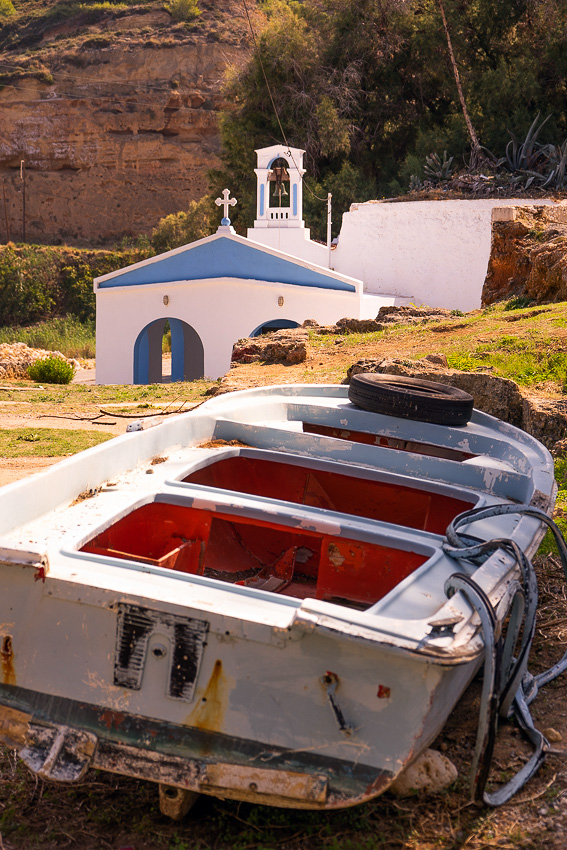
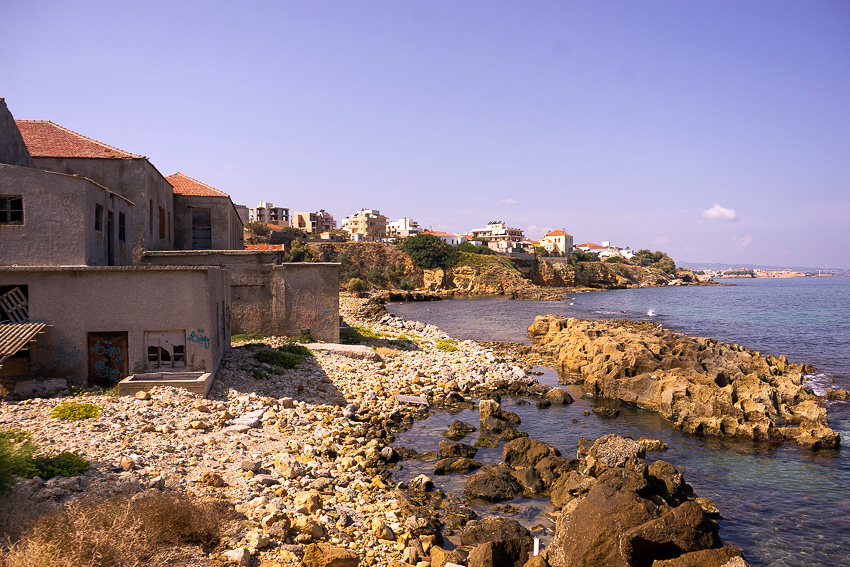

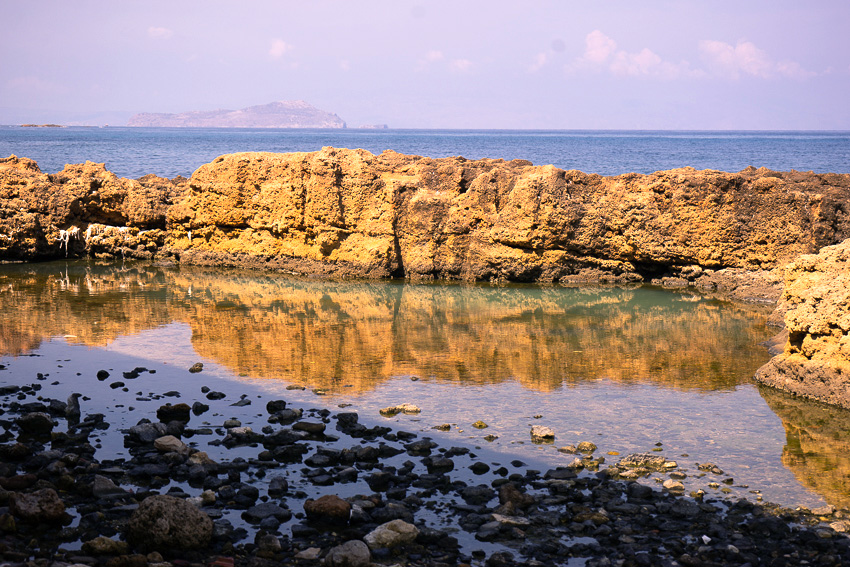
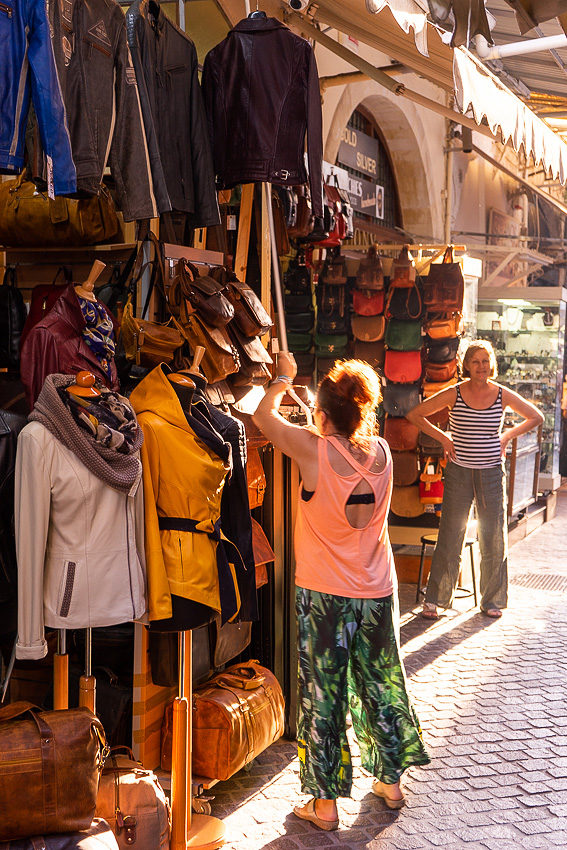
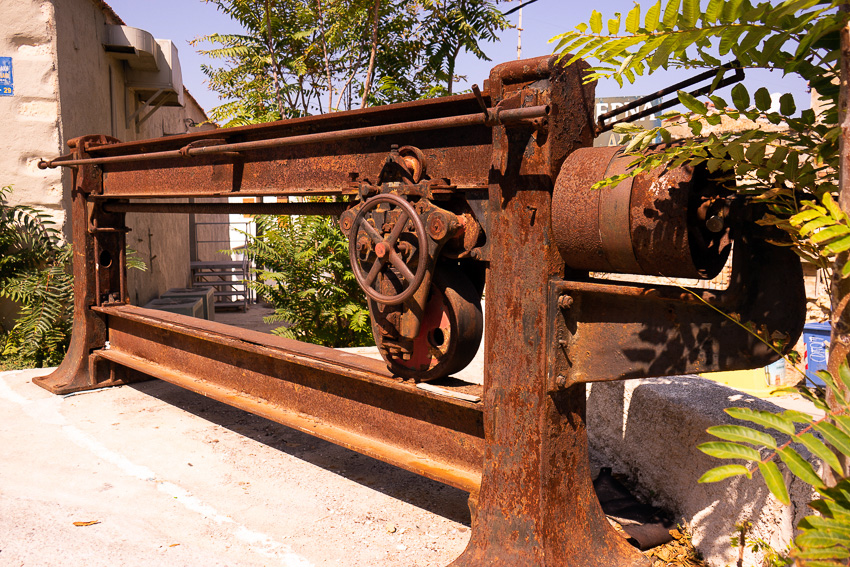
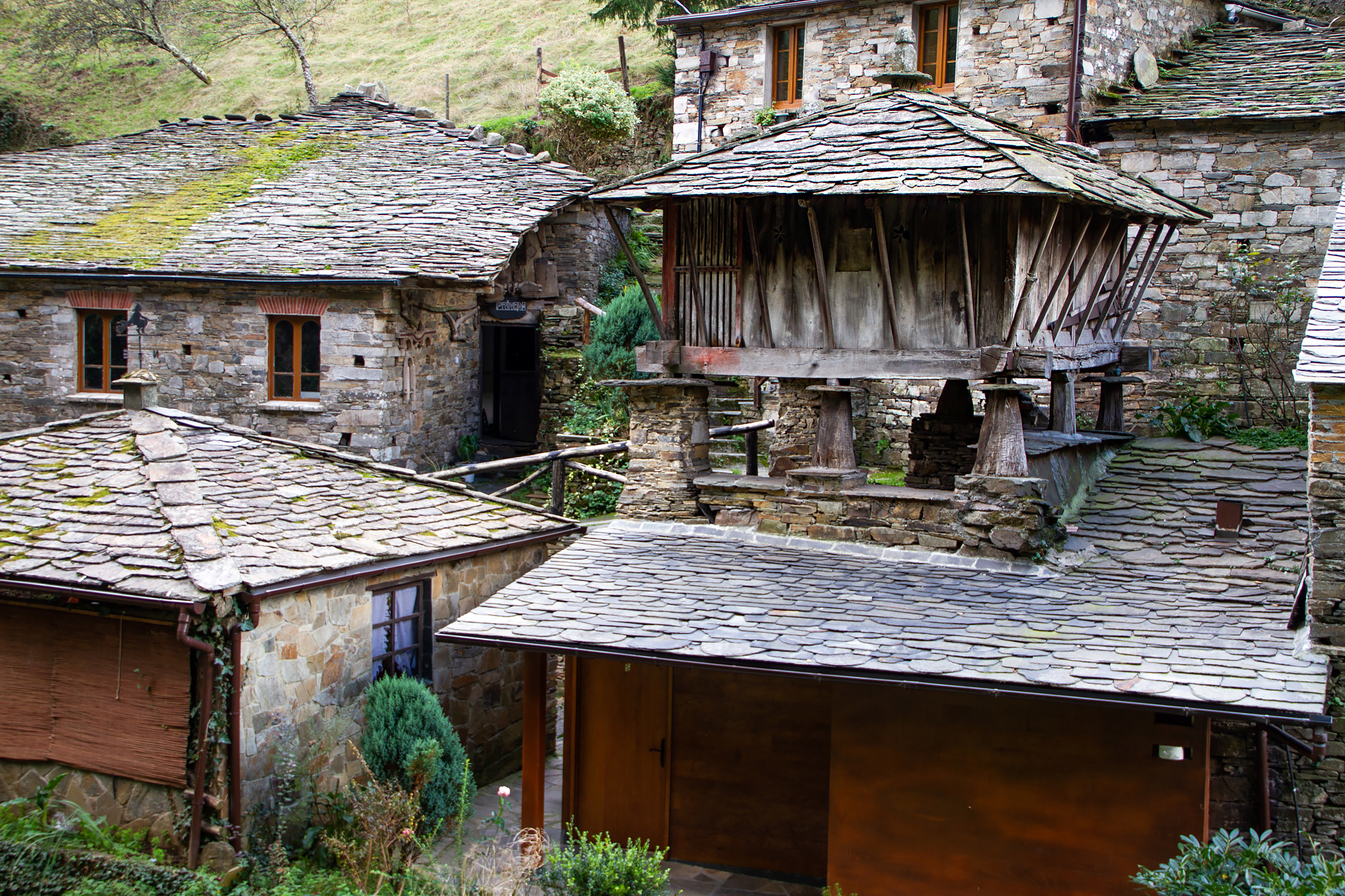

Leave a Reply